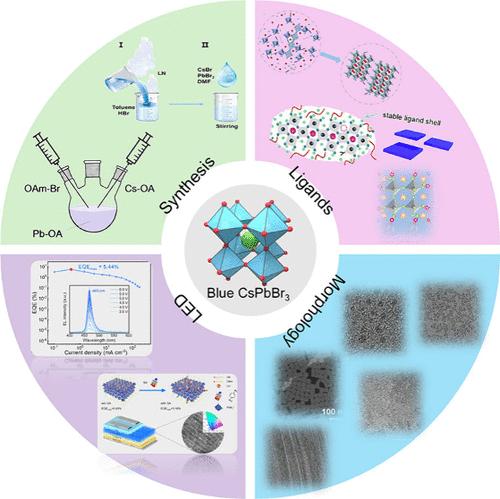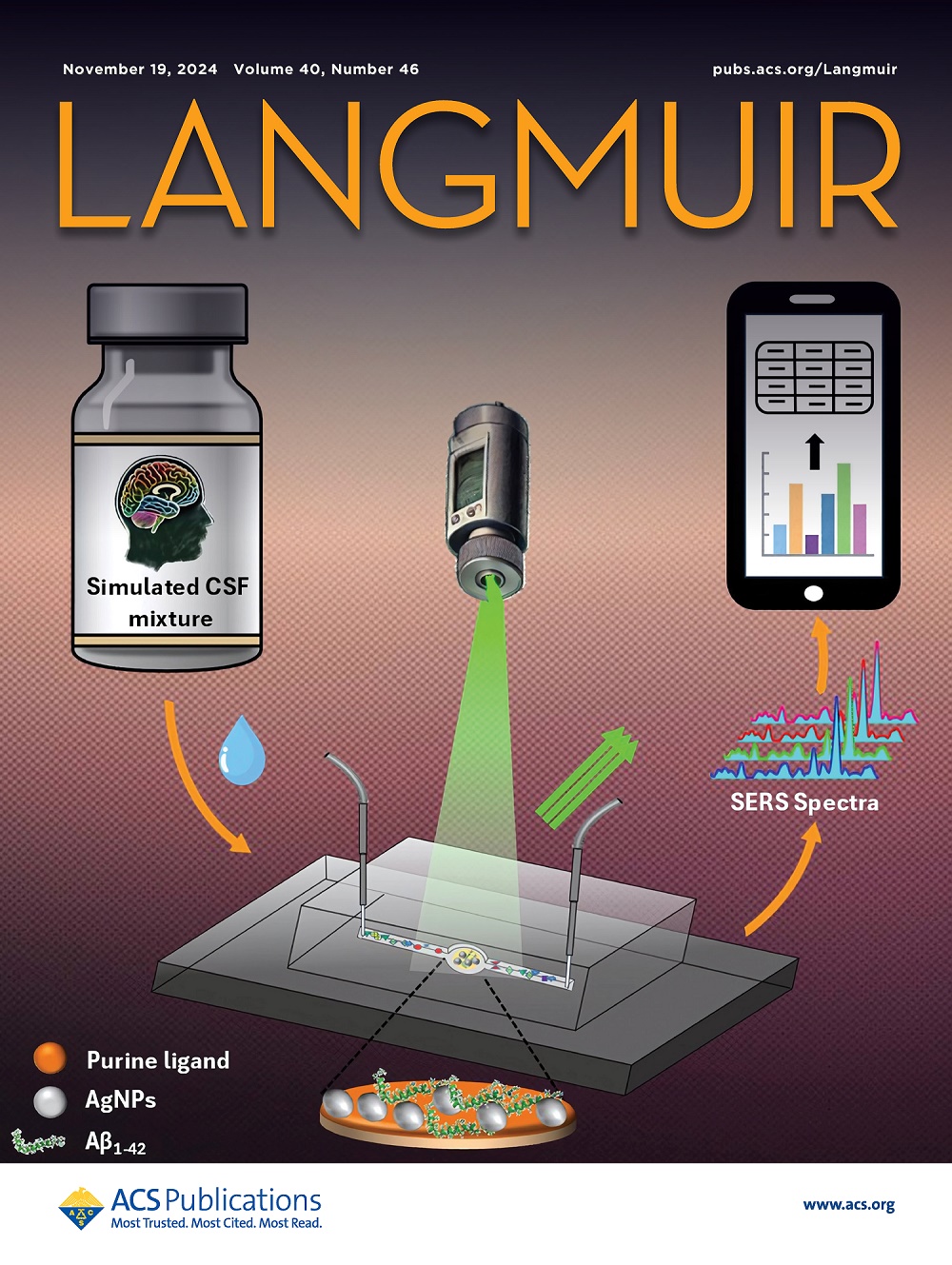Blue-Emitting CsPbBr3 Nanocrystals: Synthesis Progress and Bright Photoluminescence
IF 3.7
2区 化学
Q2 CHEMISTRY, MULTIDISCIPLINARY
引用次数: 0
Abstract
All-inorganic perovskite (CsPbX3, X = Cl, Br, I) nanomaterials as novel optoelectronic semiconductors have attracted much attention due to their unique photoelectric properties in lighting, display, and photovoltaic applications. Meanwhile, green and red light-emitting diodes (LEDs) based on bromine and iodine groups have developed rapidly, in which the high external quantum efficiency (EQE) is close to that of the current commercial green and red LEDs. However, the EQE of perovskite-based blue LEDs is far behind. Blue LEDs are often made by CsPbCl3 and CsPb(Cl/Br)3 nanocrystals (NCs) with low photoluminescence (PL) quantum yields. Their phase segregation seriously limits their practical applications. The PL peak of CsPbBr3 NCs is usually located in the green region. In the case of a strong quantum confinement effect, blue PL can be observed from CsPbBr3 NCs. Therefore, blue emitting CsPbBr3 NCs have become a hot topic. This review focused on the synthesis, ligand selection, and morphology control of blue emitting CsPbBr3 NCs, in which the microstructure, luminescence, and synthesis method were first discussed. In addition, the influence of capping ligands on the PL properties and stability is indicated. Furthermore, the size and morphology adjustment are also discussed. Finally, the application and existing problems of blue-emitting CsPbBr3 in blue LEDs are summarized. This review aims to provide new insights into the preparation of efficient and stable blue-emitting CsPbBr3 and the design-based manufacturing of blue LEDs.

求助全文
约1分钟内获得全文
求助全文
来源期刊

Langmuir
化学-材料科学:综合
CiteScore
6.50
自引率
10.30%
发文量
1464
审稿时长
2.1 months
期刊介绍:
Langmuir is an interdisciplinary journal publishing articles in the following subject categories:
Colloids: surfactants and self-assembly, dispersions, emulsions, foams
Interfaces: adsorption, reactions, films, forces
Biological Interfaces: biocolloids, biomolecular and biomimetic materials
Materials: nano- and mesostructured materials, polymers, gels, liquid crystals
Electrochemistry: interfacial charge transfer, charge transport, electrocatalysis, electrokinetic phenomena, bioelectrochemistry
Devices and Applications: sensors, fluidics, patterning, catalysis, photonic crystals
However, when high-impact, original work is submitted that does not fit within the above categories, decisions to accept or decline such papers will be based on one criteria: What Would Irving Do?
Langmuir ranks #2 in citations out of 136 journals in the category of Physical Chemistry with 113,157 total citations. The journal received an Impact Factor of 4.384*.
This journal is also indexed in the categories of Materials Science (ranked #1) and Multidisciplinary Chemistry (ranked #5).
 求助内容:
求助内容: 应助结果提醒方式:
应助结果提醒方式:


